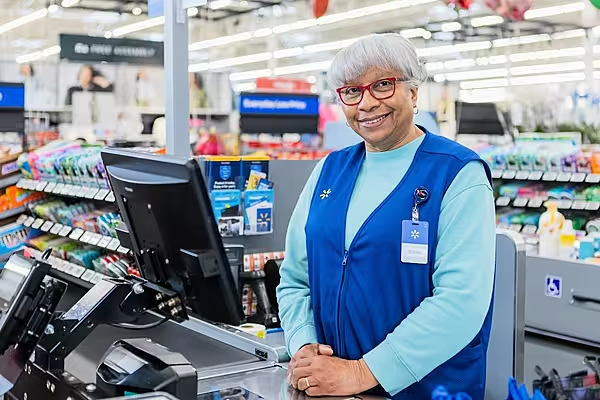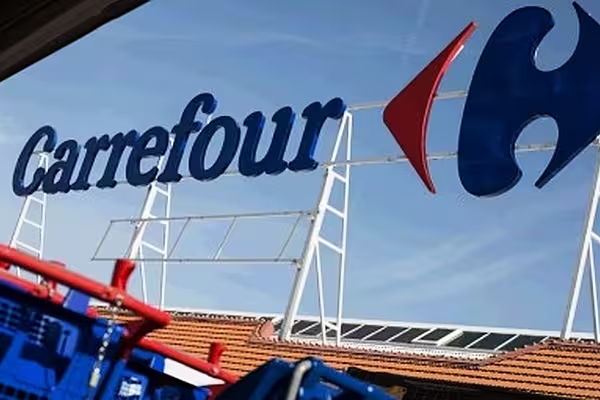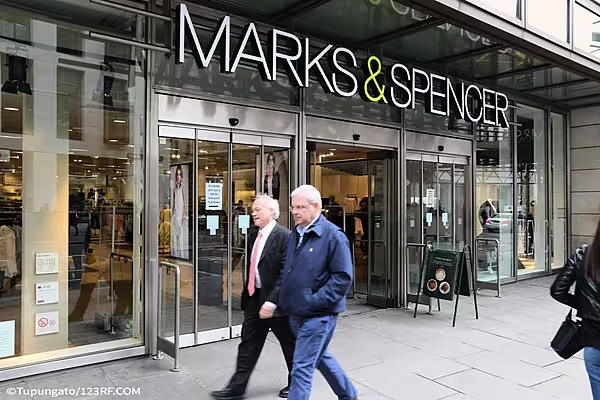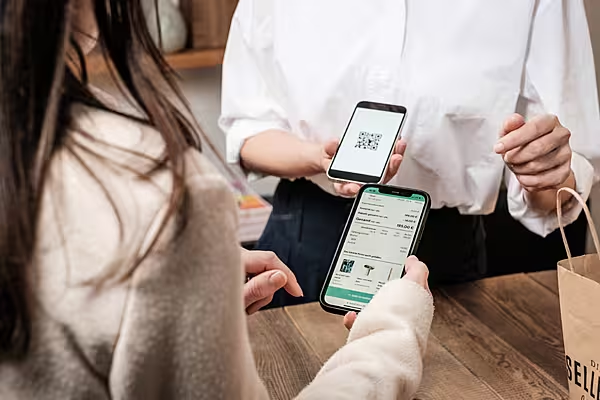Technology has revolutionised the way in which a wide variety of sectors do business, and retail experiences a significant share of that transformation. Gone are the days when a product could only be paid for using cash or a cheque; new and sophisticated payment systems have now been introduced to facilitate a speedier and more convenient shopping experience. However, the biggest revolution has been the impact enforced by the ‘always connected’ consumer, an individual that increasingly uses digital technology to engage with retailers and its products, according to Honeywell as it puts forward the following insights on trends.
An increasing number of consumers are seeing the benefits of eCommerce - convenient delivery options that accommodate busy schedules are becoming de facto. In fact, the three-hour delivery window has now become a standard expectation amongst the majority of shoppers, according to research recently carried out by Honeywell. So what are the trends set to transform retail and how can businesses better equip themselves to keep up with this consistently evolving sector?
The undeniable popularity of eCommerce is gradually forcing retailers to retain more accurate information throughout the supply chain. Consumers demand to see live information relating to the delivery of their product including its location, time of dispatch and details of the courier. Achieving this is made easier by having the appropriate IT infrastructure and points of interaction in place in order to collect the data required. Retailers can struggle with providing this information due to external stakeholders owning the resources of various platforms, including delivery. Therefore mobile and data collection devices play an increasingly important part in this process. It is imperative that all of this information is pooled and integrated in order to supply online updates to the customers.
The term, ‘Internet of Things’ (IoT) is ever present so it is important to consider how this phenomenon will impact the future of your business. With the development of IoT, it will be possible for a customer to walk into a supermarket and the retailer will be able to instantly decipher certain things about the individual. For example, do they have a loyalty card? If so, this means a promotion can be tailored and sent to meet that customer’s specific needs. This can be achieved by the use of sensors that can also inform retailers about the number of people visiting their stores.
In the shorter term, beacons in the supermarket can track you in store location, and direct you to where you want to go. There are several technologies and methods for Real Time Location Systems (RTLS), perhaps the most inexpensive way most inexpensive way to facilitate is by using PLS real-time location systems, more specifically 802.11 technology. Correctly harnessing this technology will make it easier for retailers and customers to mutually benefit from shared information.
As for sharing public data – is there a security risk? When submitting your personal details for this kind of service, there will be concerns over what information will be captured and who will have access to it. In the US, consumers are more open to sharing their data than continents such as the EU.
The benefits of allowing the retailer to know information about the individuals entering their stores include the customer receiving personalised offers and promotions based on their browsing habits within the store. This also means the customer can access the best deals and locate individual products on the shelves throughout the store. Of course an application will need to be downloaded to access this information, but for those preferring to remain anonymous only a small step is needed. The customer would simply select the right terms and conditions to decide who sees their information or, for the really security conscious, not download the app.
Mobile will continue to dominate in retail. Retailers are being challenged with new and innovative ways to connect with consumers. Promotion is one of the key pillars of commerce and in the past, products were made to stand out using bright colours. With the dawn of eCommerce, finding a way to incorporate a mobile device into this process is essential, making that your tool to highlight that you have a promotion. Mobility allows retailers to rethink how they do commerce. A UK pioneer in this space is Waitrose which enables its customers to select their preferred products and choose the deals that appeal to them, all made possible by harnessing mobile data.
Of course, the customer has to be incentivised to share their data and there are examples of retailers who are effectively persuading their customers to download their apps and agreeing to receive notifications. Surface scanning, where users can download apps to find out more about a particular product simply by scanning an image, is proving incredibly fruitful for retailers. With the rise of wearables, we could even see this being embedded in to smart devices such as the smartwatch, making it even more convenient to scan as you shop.
Convenience is King. Ultimately, retail behaviour is changing because user behaviour is changing. Physical shops are in decline because of resource and customers are also more reluctant to travel to time constraints and mobility issues in certain cases. Retailers such as Ikea are addressing this by adapting to changing consumer behaviours, making the buying experience as easy as possible by releasing an online catalogue and promoting a ‘Click and collect’ service model.
PickUp DropOff (PUDO) is a similar concept being widely adopted where a purchase can be made online by selecting a PUDO located anywhere, even in a tube station. The consumer can then pick up the item on the way home from a station or 24 hour shop, thus adding convenience to those working late.
Looking to the future, eCommerce is generating a data tsunami with information being generated at all points of interaction and mobile is playing a key part in this process by giving retailers the tools to effectively reap the rewards. Mobile devices are being used to track progress in a distribution centre, provide precise information to retailers in a store environment and display all home delivery data. Gaining accurate visibility over all these deployments will give you the tools you need to build relationships with those essential customers for life.
2015 ESM - European Supermarket Magazine - your source for retail news. To subscribe to ESM: The European Supermarket Magazine, click here.













